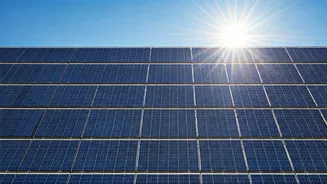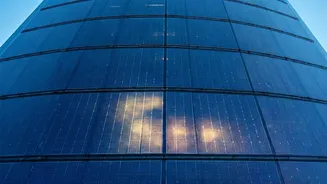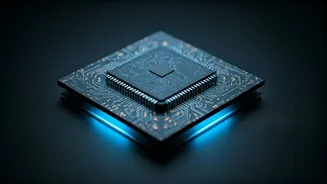Energy-Generating Windows
Researchers are making breakthroughs with semi-transparent solar cells, which have the potential to change how we generate energy. These cells are designed
to allow some light to pass through, making them ideal for integration into windows and building facades. This innovation contrasts traditional opaque solar panels and offers a way to convert sunlight into electricity without sacrificing natural light. This technology could transform urban landscapes and energy consumption models.
Breaking Records, Promises
These innovative semi-transparent solar cells are proving to be exceptionally efficient. They are capable of generating electricity from both direct and indirect sunlight. This efficiency is a critical factor in their potential to replace or supplement existing energy sources. Furthermore, their unique design ensures they can operate efficiently even in low-light conditions, widening their application possibilities. The semi-transparent nature of these cells is what allows light to pass through them, opening new doors for architectural and aesthetic designs in buildings.
5-Micron Engine's Power
The construction of these solar cells involves sophisticated engineering at a microscopic level. The cells' structure allows for the capture of sunlight with great efficiency. Researchers have created a 5-micron engine that generates heat effectively, without actually burning anything. The effective heat generated is about 13 million degrees Celsius. This precise engineering is a testament to the advancements in materials science and nanotechnology. This precision ensures optimal performance, as well as opening possibilities for scalability and integration into various surfaces.
Future Applications Explored
The potential applications of semi-transparent solar cells are extensive. They could be integrated into building facades, windows, and other architectural elements, transforming entire urban spaces into power generators. Beyond buildings, these cells could also be used in vehicles, electronic devices, and other applications where transparency and energy efficiency are critical. This versatility makes this innovation a significant contribution to sustainable energy practices and opens new possibilities for technological and design innovation across several sectors.










